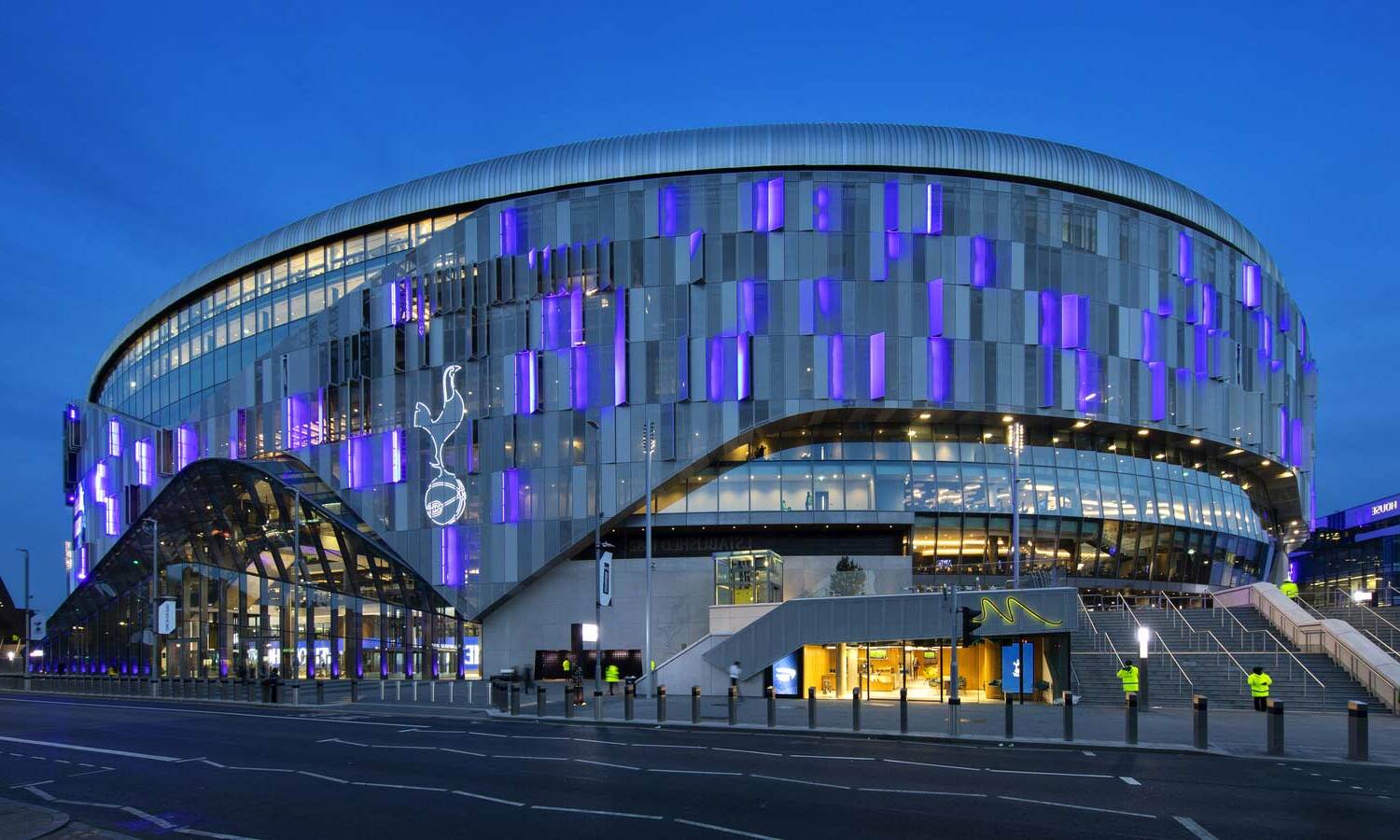
Stadiums are more than just places to watch sports; they are architectural marvels that blend design, engineering, and culture. Did you know that the largest stadium in the world, Rungrado 1st of May Stadium in North Korea, can hold 114,000 people? These colossal structures have fascinating histories and unique features that make them stand out. From ancient arenas like the Colosseum to modern wonders like the Allianz Arena, stadiums have evolved dramatically. Ever wondered how architects balance aesthetics with functionality? Or how they manage to create an atmosphere that amplifies the excitement of the game? Dive into these 25 facts about stadium architecture to uncover the secrets behind these incredible structures.
Key Takeaways:
- Stadium architecture has evolved from ancient amphitheaters to modern marvels, with features like retractable roofs, eco-friendly designs, and massive video screens, promising an immersive experience for fans.
- Iconic stadiums like Wembley, Camp Nou, and the Colosseum have left a lasting mark on history, showcasing unique designs and hosting significant events, while the future holds even more innovative and immersive experiences for fans.
The Evolution of Stadium Architecture
Stadiums have evolved dramatically over the years. From ancient amphitheaters to modern multi-purpose arenas, the architecture of these colossal structures tells a fascinating story.
- The Colosseum in Rome, built in 80 AD, could hold up to 80,000 spectators.
- The first modern stadium, Harvard Stadium, was constructed in 1903 and influenced the design of future sports venues.
- The Maracanã Stadium in Brazil, opened in 1950, was the largest in the world at the time, with a capacity of 200,000.
- The Allianz Arena in Munich, Germany, features a façade that can change colors, making it a visual spectacle.
- The Beijing National Stadium, also known as the Bird's Nest, was designed for the 2008 Olympics and is an architectural marvel.
Innovations in Stadium Design
Modern stadiums incorporate cutting-edge technology and innovative designs to enhance the spectator experience and improve functionality.
- The AT&T Stadium in Texas boasts the world's largest high-definition video screen, measuring 160 feet wide.
- The Mercedes-Benz Stadium in Atlanta has a retractable roof that opens and closes like a camera aperture.
- The Tottenham Hotspur Stadium in London features the world's first dividing retractable football pitch.
- The Singapore Sports Hub includes a stadium with a retractable roof and air-conditioned seats.
- The SoFi Stadium in Los Angeles has a transparent roof made from a single, continuous piece of ETFE (ethylene tetrafluoroethylene).
Sustainable Stadium Architecture
Sustainability is a growing focus in stadium design, with architects incorporating eco-friendly features to reduce environmental impact.
- The Mercedes-Benz Stadium in Atlanta is the first professional sports stadium to achieve LEED Platinum certification.
- The Amsterdam ArenA has a rainwater collection system that supplies water for the stadium's toilets.
- The Kaohsiung National Stadium in Taiwan is powered by solar panels, generating enough energy to power 80% of its needs.
- The Forest Green Rovers' stadium in England is made entirely of wood and is powered by renewable energy.
- The Aviva Stadium in Dublin uses natural ventilation and daylight to reduce energy consumption.
Iconic Stadiums Around the World
Some stadiums have become iconic landmarks, known for their unique designs and historical significance.
- The Wembley Stadium in London, with its iconic arch, is one of the most famous stadiums in the world.
- The Camp Nou in Barcelona is the largest stadium in Europe, with a seating capacity of 99,354.
- The Estadio Azteca in Mexico City is the only stadium to have hosted two FIFA World Cup finals.
- The Melbourne Cricket Ground in Australia is the largest stadium in the Southern Hemisphere.
- The Yankee Stadium in New York is a modern replica of the original, preserving its historical significance.
The Future of Stadium Architecture
As technology advances, the future of stadium architecture promises even more innovative and immersive experiences for fans.
- The Allegiant Stadium in Las Vegas features a translucent roof and a massive 3D video board.
- The Qatar 2022 World Cup stadiums are designed to be dismantled and repurposed after the tournament.
- The Tokyo Olympic Stadium incorporates advanced seismic technology to withstand earthquakes.
- The New National Stadium in Japan uses a combination of wood and steel, blending traditional and modern architectural elements.
- The future Los Angeles Clippers arena will feature a "halo" video board that encircles the entire arena.
The Final Whistle
Stadium architecture isn't just about seats and scoreboards. It's a blend of history, innovation, and culture. From the ancient Colosseum to modern marvels like the Allianz Arena, each structure tells a unique story. These venues aren't just places to watch sports; they're landmarks that bring communities together. They showcase engineering feats, sustainability efforts, and architectural beauty.
Next time you visit a stadium, take a moment to appreciate its design and the thought behind every detail. Whether it's the acoustics, the sightlines, or the eco-friendly features, there's more to these structures than meets the eye. Stadiums are where memories are made, and their architecture plays a big role in that experience. So, keep these facts in mind and enjoy the next game with a newfound appreciation for the venue around you.
Frequently Asked Questions
Was this page helpful?
Our commitment to delivering trustworthy and engaging content is at the heart of what we do. Each fact on our site is contributed by real users like you, bringing a wealth of diverse insights and information. To ensure the highest standards of accuracy and reliability, our dedicated editors meticulously review each submission. This process guarantees that the facts we share are not only fascinating but also credible. Trust in our commitment to quality and authenticity as you explore and learn with us.
